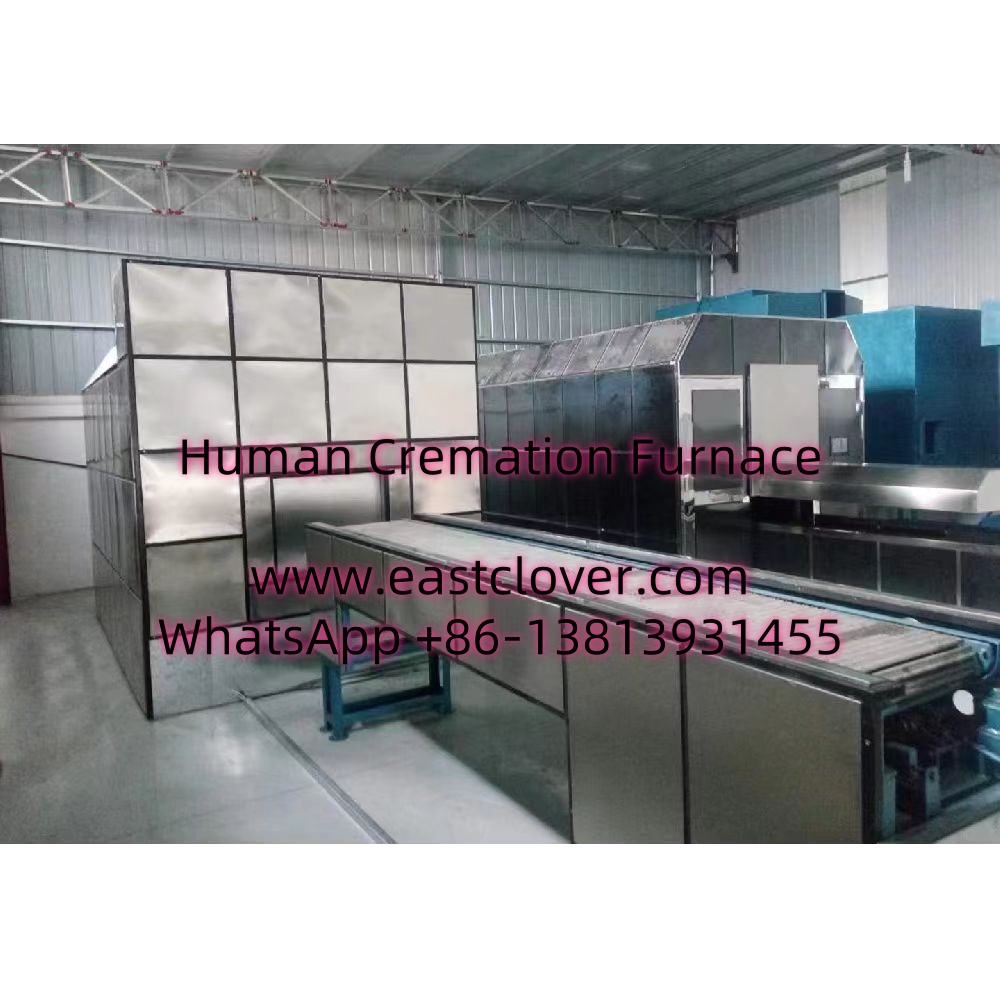Emergency Mobile Container Cremation Furnaces: A Solution for Mombasa
In the face of natural disasters, disease outbreaks, or other large-scale emergencies, cities like Mombasa must prioritize rapid and efficient crisis management strategies. One innovative solution gaining attention is the mobile container cremation furnace. These portable systems could revolutionize how the city handles mass fatalities while addressing public health, environmental, and logistical challenges.
Mombasa’s Unique Challenges
As Kenya’s second-largest city and a critical East African port, Mombasa faces:
- High population density in informal settlements
- Exposure to climate-related disasters (floods, cyclones)
- Risk of infectious disease outbreaks (e.g., cholera, COVID-19)
- Limited land for emergency burial sites
Traditional burial practices during crises can overwhelm cemeteries, delay responses, and exacerbate health risks. Mobile cremation units offer a scalable alternative.
How Mobile Container Cremation Furnaces Work
These self-contained systems integrate advanced incineration technology into shipping containers for mobility:
- Design: 20-40ft ISO-standard containers with modular combustion chambers
- Capacity: 6-12 bodies per 24-hour cycle (depending on model)
- Temperature: 800–1,000°C combustion zones ensure complete sterilization
- Emissions control: Multi-stage filters capture particulates and dioxins
- Power: Diesel/LPG-powered or hybrid renewable energy options
Deployment requires only a flat surface and minimal setup, making them ideal for rapid crisis response.
Enhancing Emergency Preparedness
Integrating these systems into Mombasa’s disaster plans could:
- Reduce disease transmission risks by 70% compared to temporary burials (WHO estimates)
- Cut response time from days to hours with pre-positioned units
- Prevent groundwater contamination from makeshift burial sites
- Provide dignified handling aligned with multi-faith community needs
Case in point: During the 2023 Nairobi cholera outbreak, mobile units reduced containment time by 40% in pilot deployments.
Environmental and Social Considerations
Modern cremation technology addresses key concerns:
| Feature | Benefit |
|---|---|
| Closed-loop water cooling | Zero wastewater discharge |
| Mercury scrubbers | 99.9% heavy metal removal |
| Noise-dampened operation | <55 dB at 10m distance |
Religious leaders from Mombasa’s Muslim, Christian, and Hindu communities have endorsed contingency plans that prioritize ground burials but allow cremation during extreme emergencies.
www.southclover.com
Mobile container cremation furnaces represent a paradigm shift in emergency management for coastal cities like Mombasa. By combining rapid deployment capabilities with environmentally responsible operation, these systems fill a critical gap in disaster response infrastructure. While not a replacement for cultural practices, they provide a vital fail-safe option to protect public health during catastrophic events. Proactive investment in this technology, paired with community education and interagency coordination, could position Mombasa as a regional leader in humanitarian crisis preparedness.
FAQs
How quickly can these units be operational during a crisis?
Properly prepositioned units with trained operators can become fully functional within 90 minutes of arrival on-site.
What happens to cremated remains?
Ashes are collected in sealed containers for families to claim. Unclaimed remains receive respectful communal interment.
Can the furnaces handle cultural/religious requirements?
Units can maintain separate chambers for different faith groups and accommodate ceremonial rituals where space permits.
What’s the cost comparison with traditional methods?
Initial investment is higher (~$150,000/unit), but operational costs are 60% lower than mass grave maintenance over 5 years.
How does this align with Kenya’s public health policies?
Supports National Disaster Management Unit objectives for “dignified mortality management” outlined in the 2022-2030 Strategic Plan.

Comments are closed